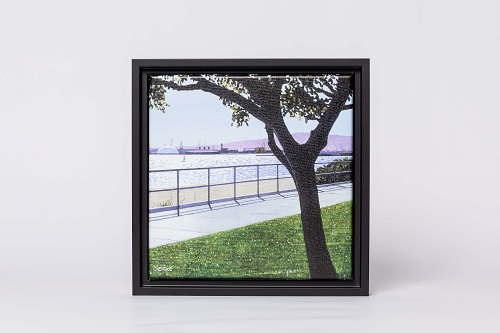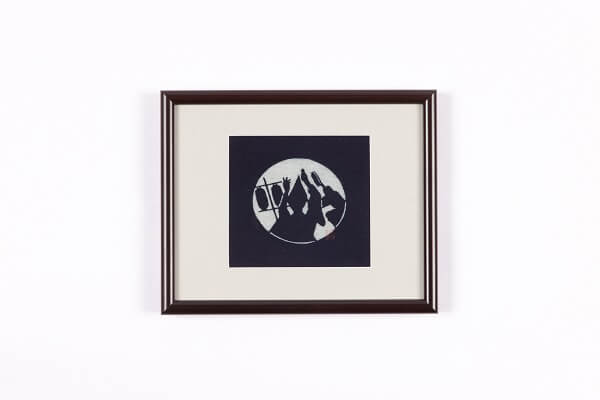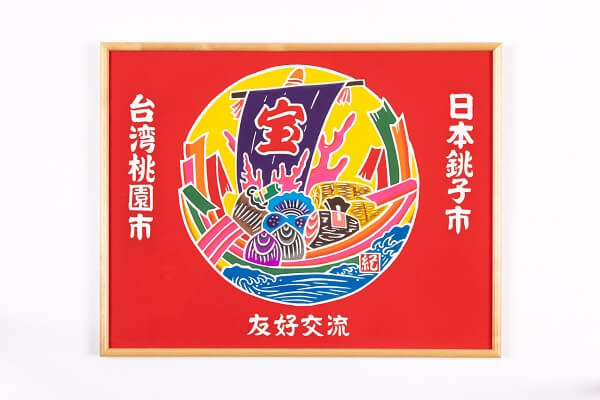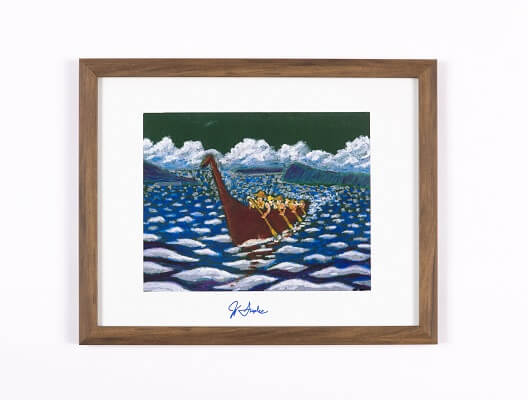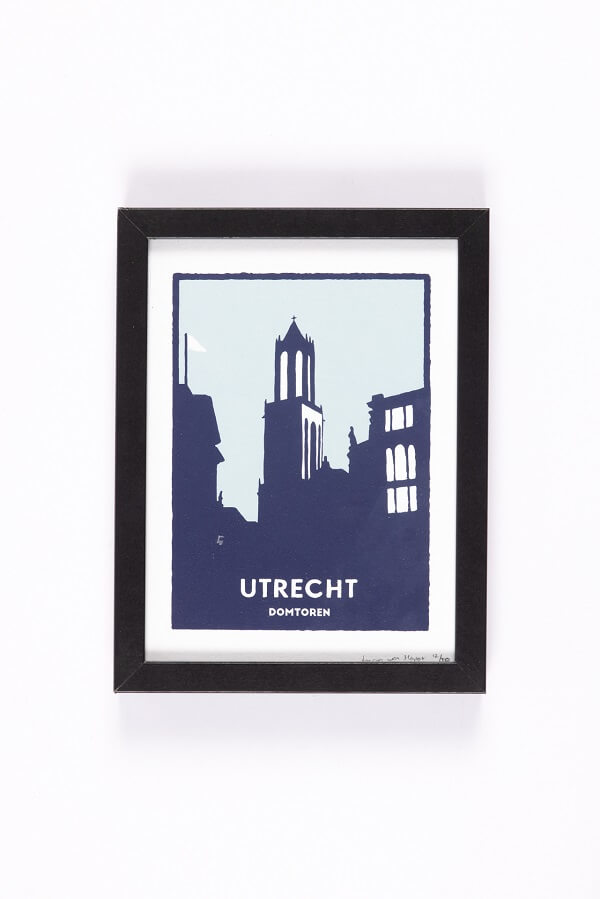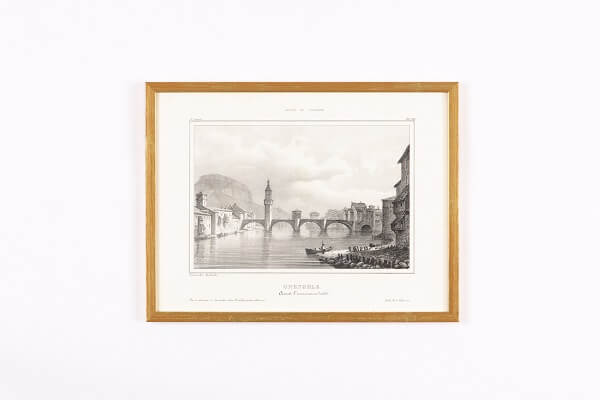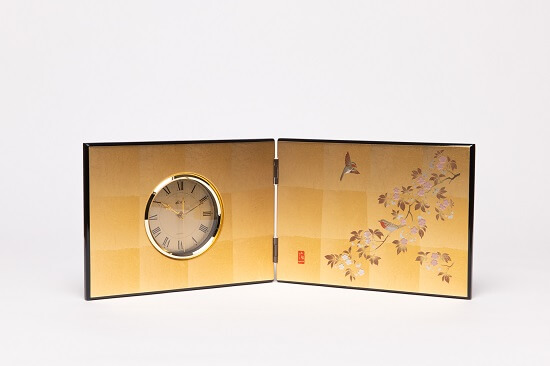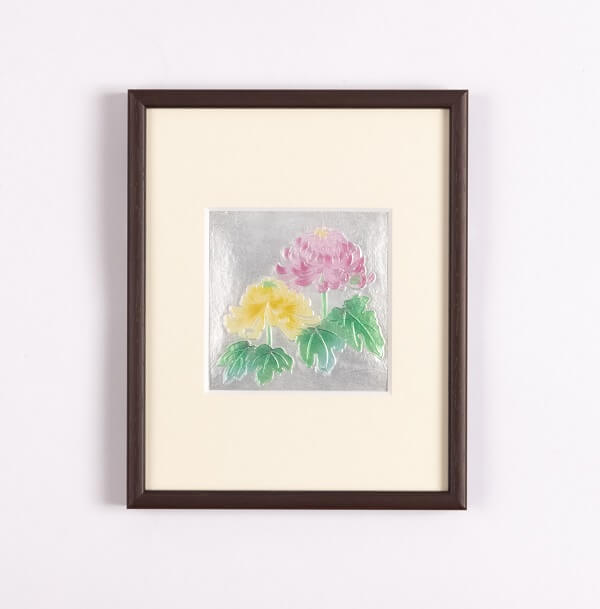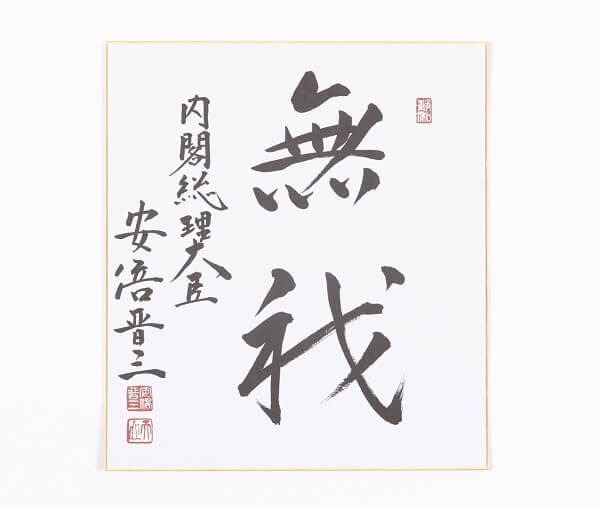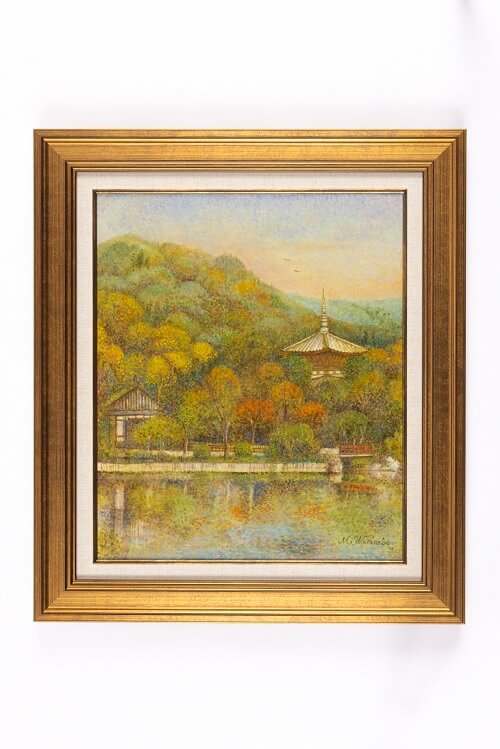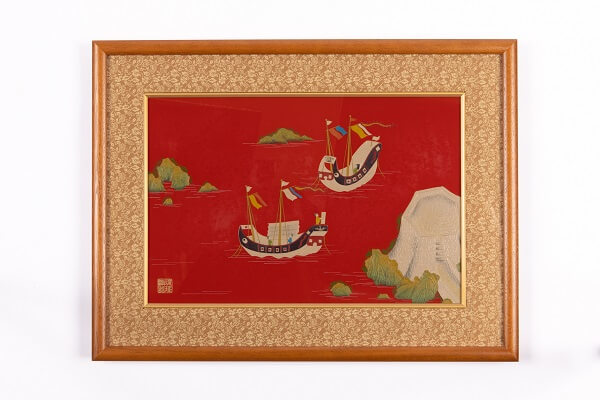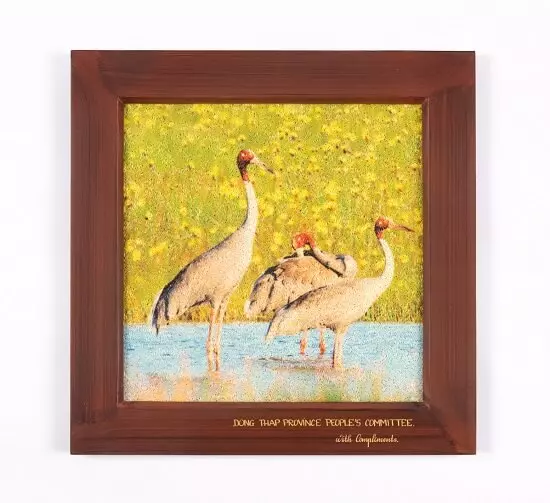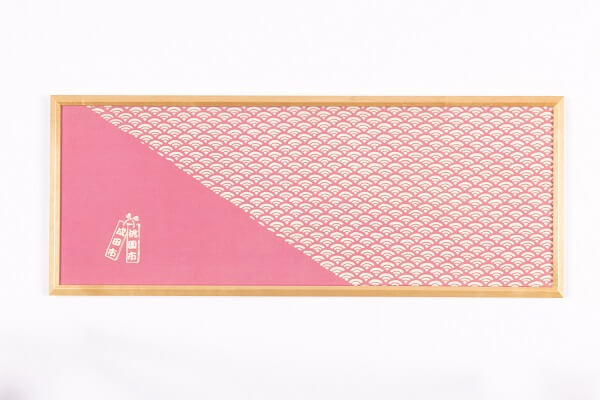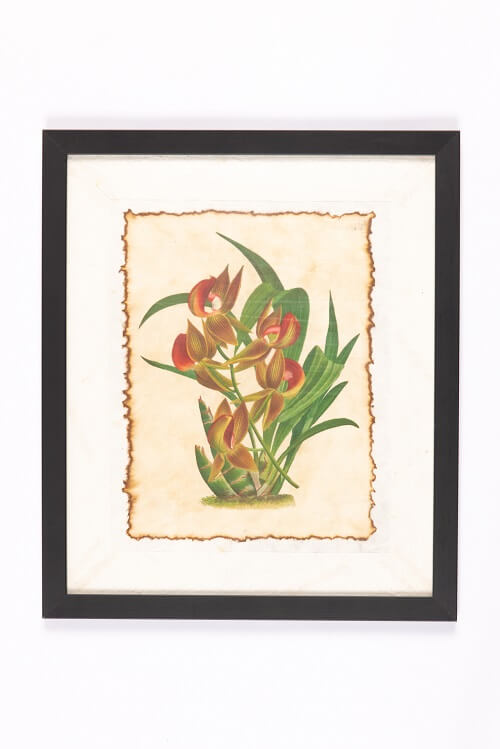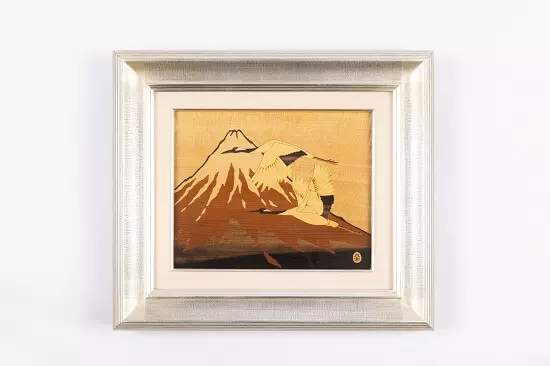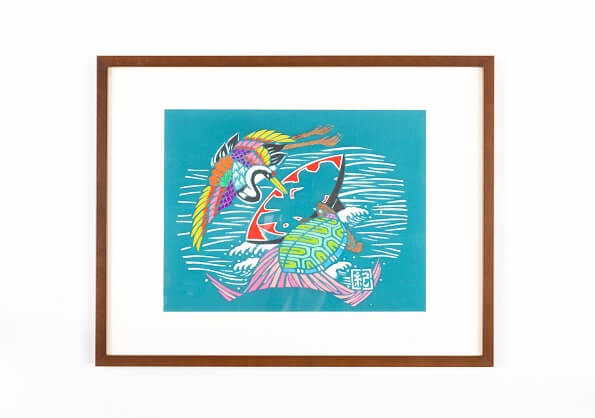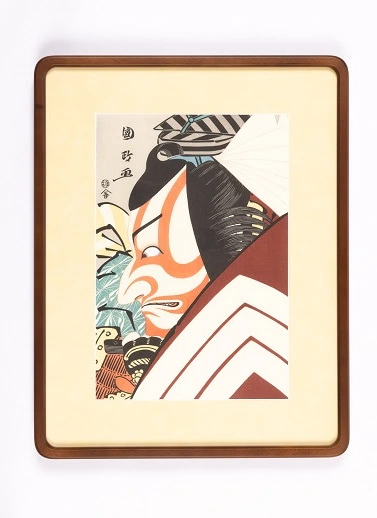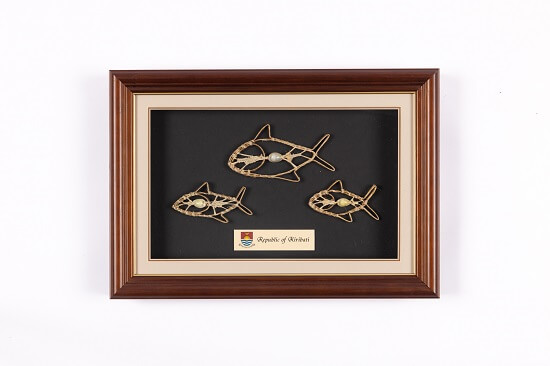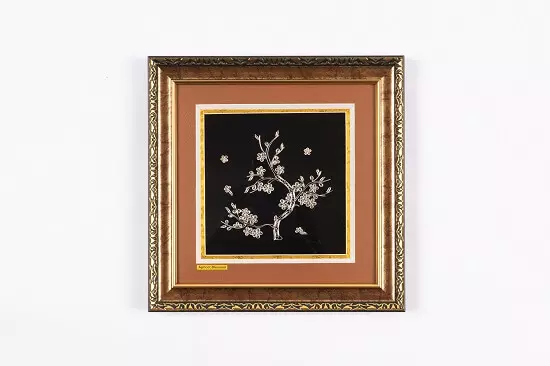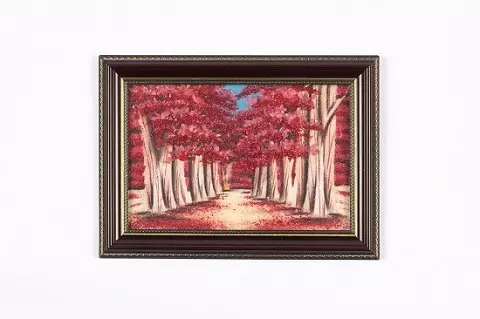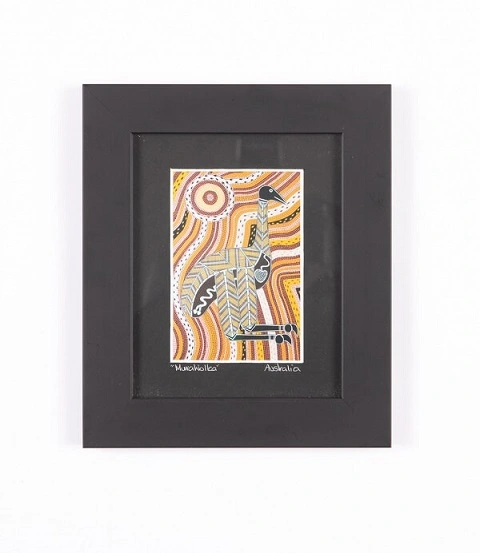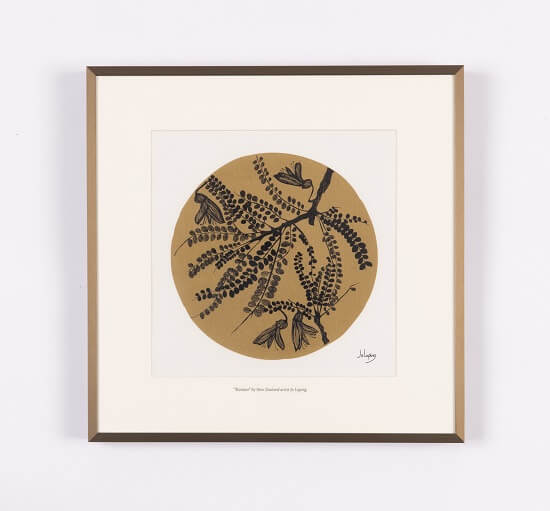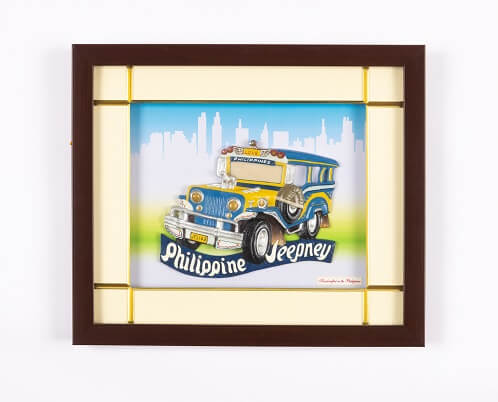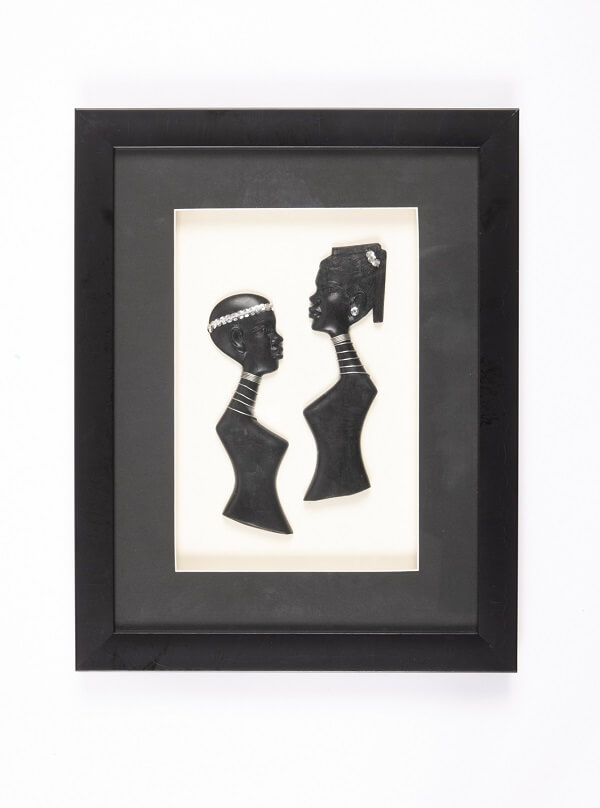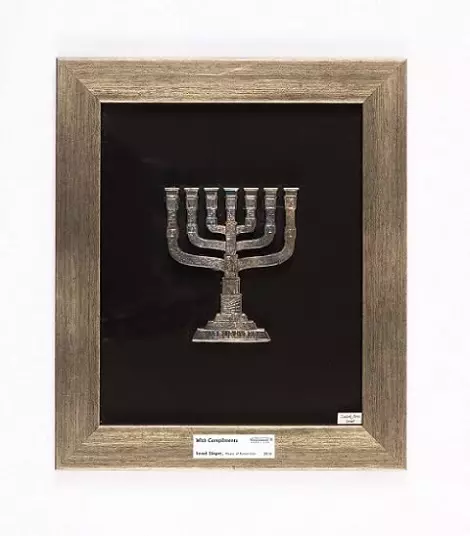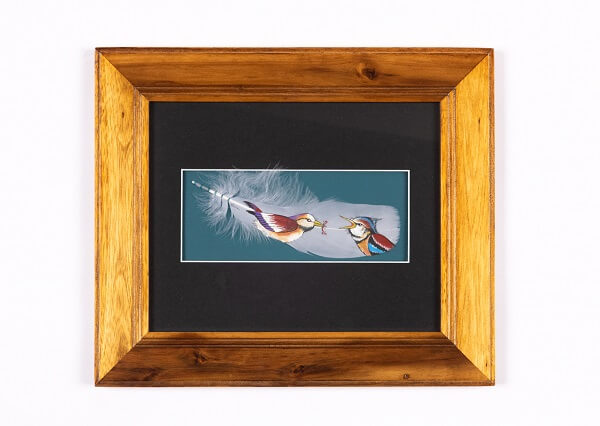
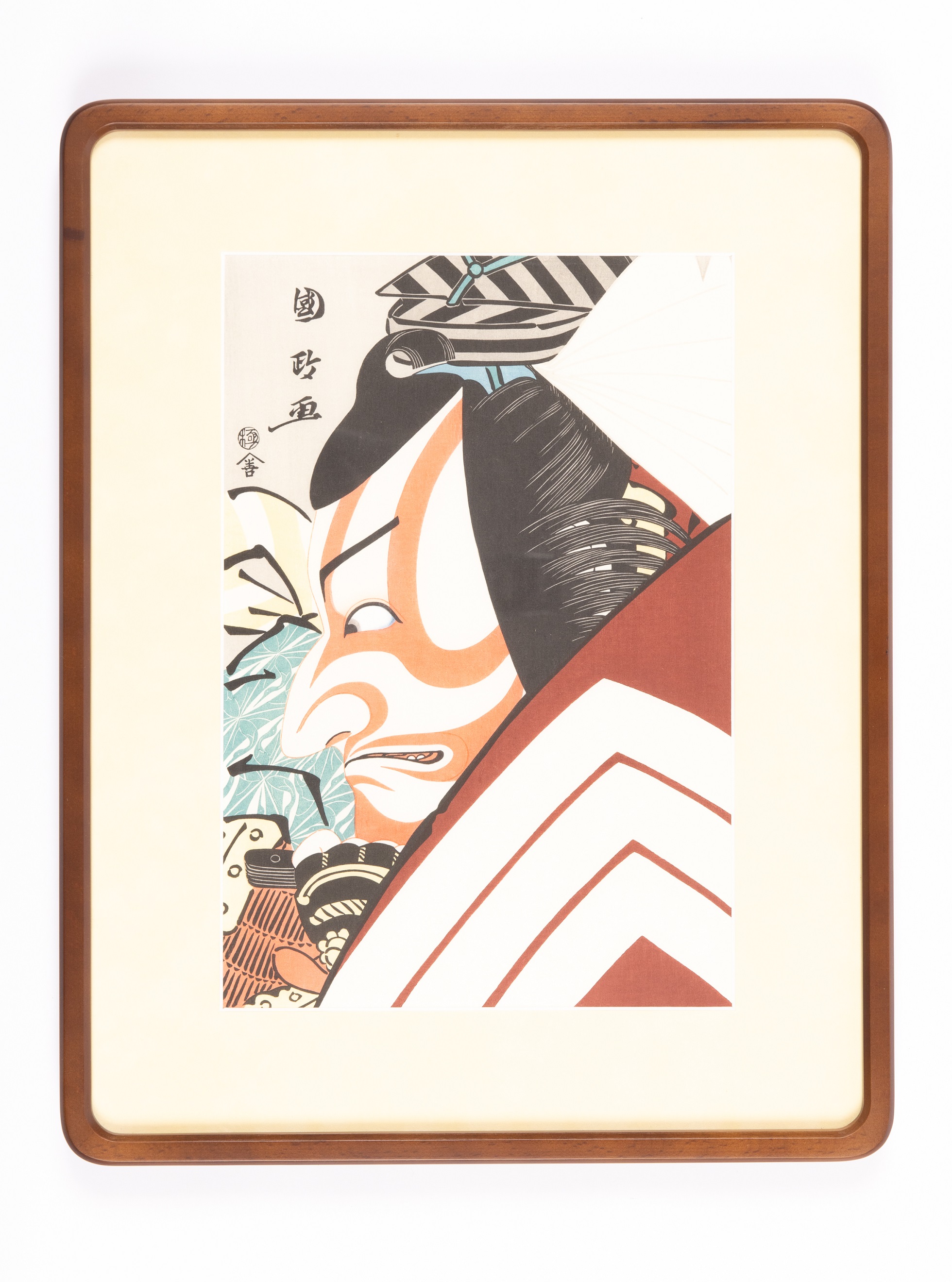
A Global Canvas of Boundless Beauty
Within each painting lies a story, reflecting the unique culture and spirit of the countries from which they are gifted. They deserve careful contemplation.
Curator / Yu Jung Chiang
Updated at 2024-03-27
Introduction
As the saying goes, " The more local we are, the more international we become." Each artwork encapsulates the essence of a local landscape, revealing distinctive industries, historical narratives, social customs, and symbolic representations of the region being depicted.
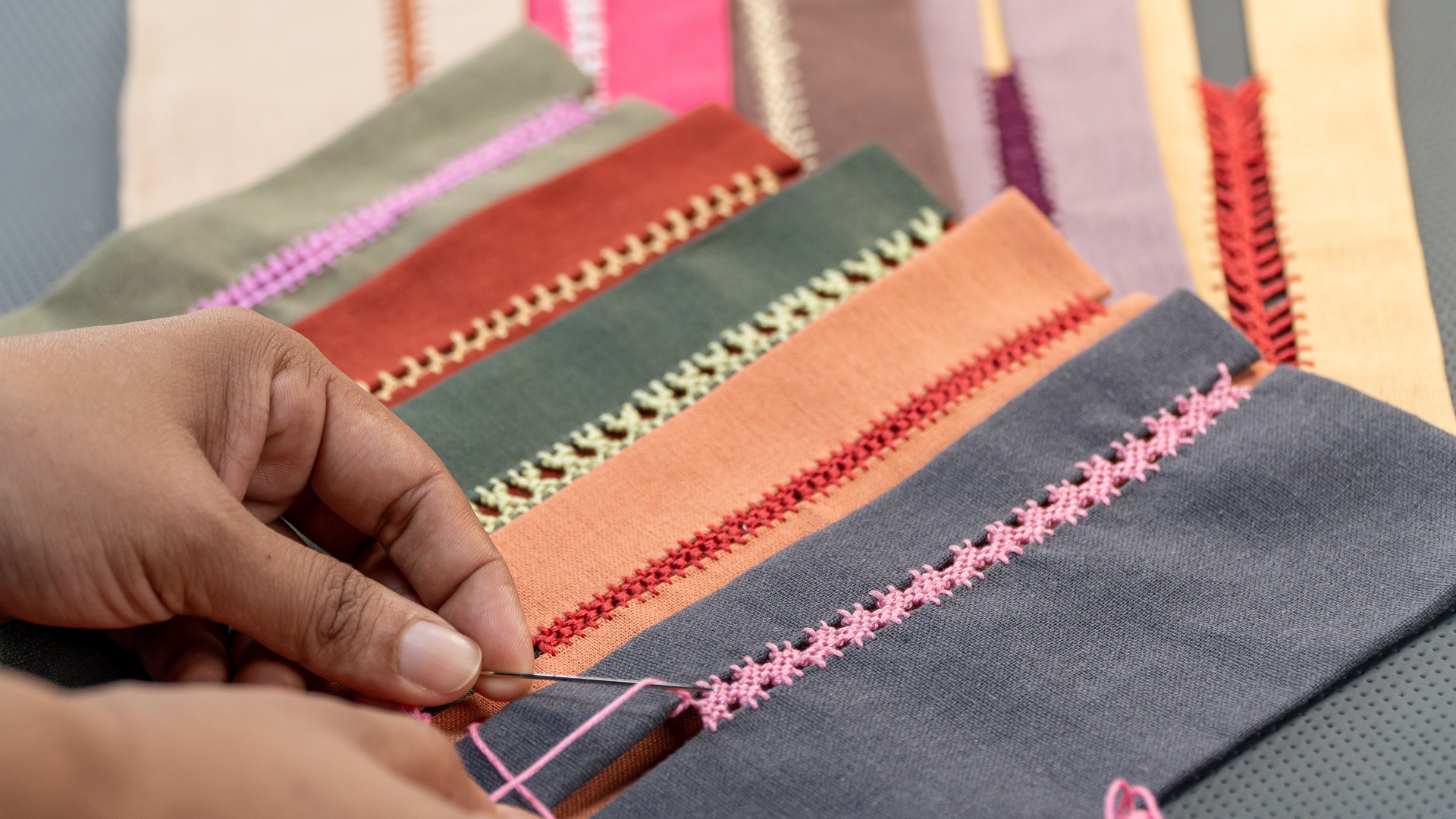
Outlining Local Industry
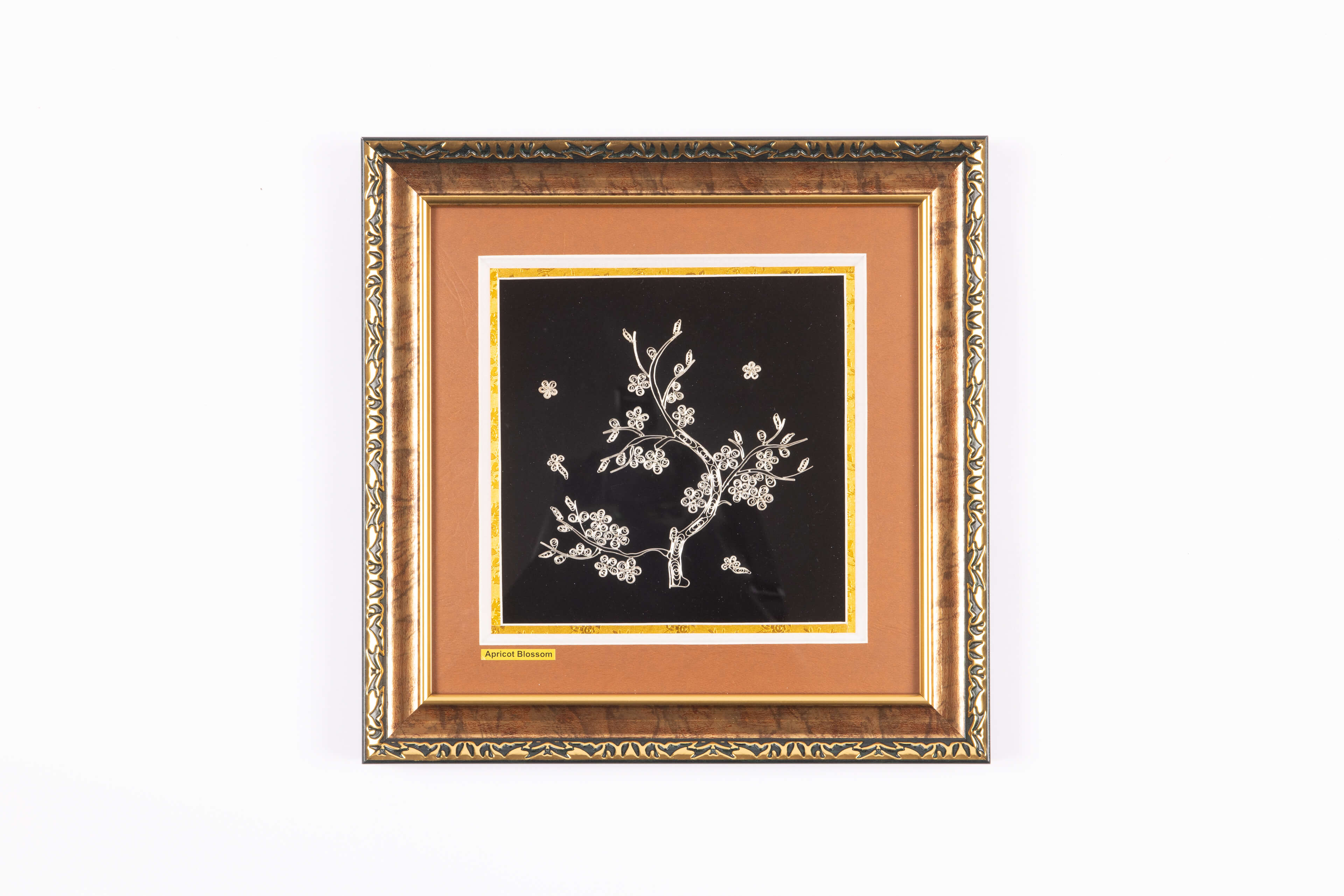
Vietnam: Hand-embroidered Apricot Blossom Hanging Decoration
World-renowned Vietnamese embroidery has a history of 700 years, with works often revolving around everyday subjects such as plants, water buffaloes, chickens, and farmers and reflecting the simplicity and elegance of Vietnamese life. Vietnamese embroidery is hailed as "embroidered paintings," wherein the meticulous craftsmanship of the artist is reflected in every stitch, and the effort and experience required are reflected in the price. The apricot blossom depicted in this hanging painting carries profound meaning. In Vietnam, apricot blossoms bloom abundantly in the vibrant spring. They have come to symbolize prosperity, and gifting them to others implies a wish of good fortune and success in the new year.
Gifted by Nguyễn Anh Dũng, Representative, Vietnam Economic and Culture Office in Taipei
<Read More "Hand-embroidered Apricot Blossom Hanging Decoration">
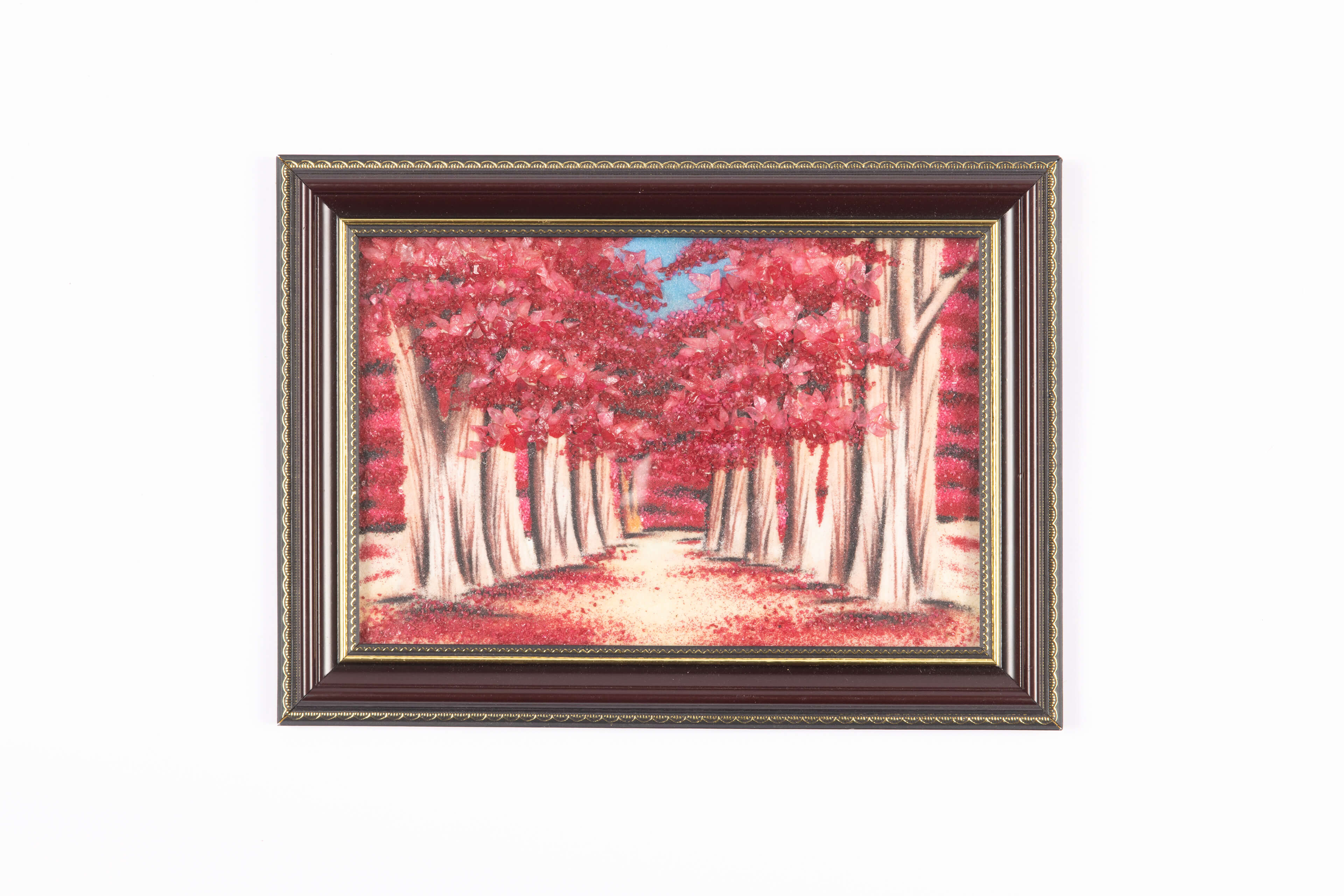
Myanmar: Ruby Painting
Legend has it that in Mandalay, Myanmar, the young and powerful Sun Prince defeated the man-eating dragon in the mountains and won the heart of Princess Naga. On their wedding night, something spectacular happened. The Sun Prince and Princess Naga disappeared in a beam of light, leaving behind three eggs. The first egg hatched into the King of Myanmar, the second into the Emperor of China, and the third gave birth to the stone of flames–the ruby. It's evident from this tale that rubies hold great reverence in the eyes of the Burmese people. The largest ruby mining in Myanmar is the Mogok mine, dating back several hundred years to the reign of the Siam era of 1597. Due to excessive exploitation, Mogok's rubies have become extremely rare today.
Gifted by Thet Lwin Oo, Member, Myanmar Economic and Trade Delegation
<Read More "Ruby Painting">

Reenacting Local History

Australia: "MurraWolka" Handpainted Painting
There is little about indigenous Australian cultures in writing. These cultures are often expressed through song, carvings, and painting. Among these forms, painting is considered an important medium for recording and disseminating the culture and history of indigenous Australians. Early forms of indigenous Australian painting can be categorized into three genres: rock art, bark painting, and sand painting. Indigenous Australian paintings are often about nature, or mythological stories created using ochre as the primary pigment. Painting materials were sourced from the environment, such as sand, tree branches, charcoal, and feathers. The artwork in the picture is a sand painting created by the indigenous peoples residing in the central desert of Australia. This type of artwork typically involves tracing specific patterns on a flat, clean surface and then using pigments and animal blood to depict the design. It highlights the harmony between indigenous Australian culture and nature.
Gifted by Catherine Raper, Representative, Australian Office in Taipei
<Read More "MurraWolka Handpainted Painting">
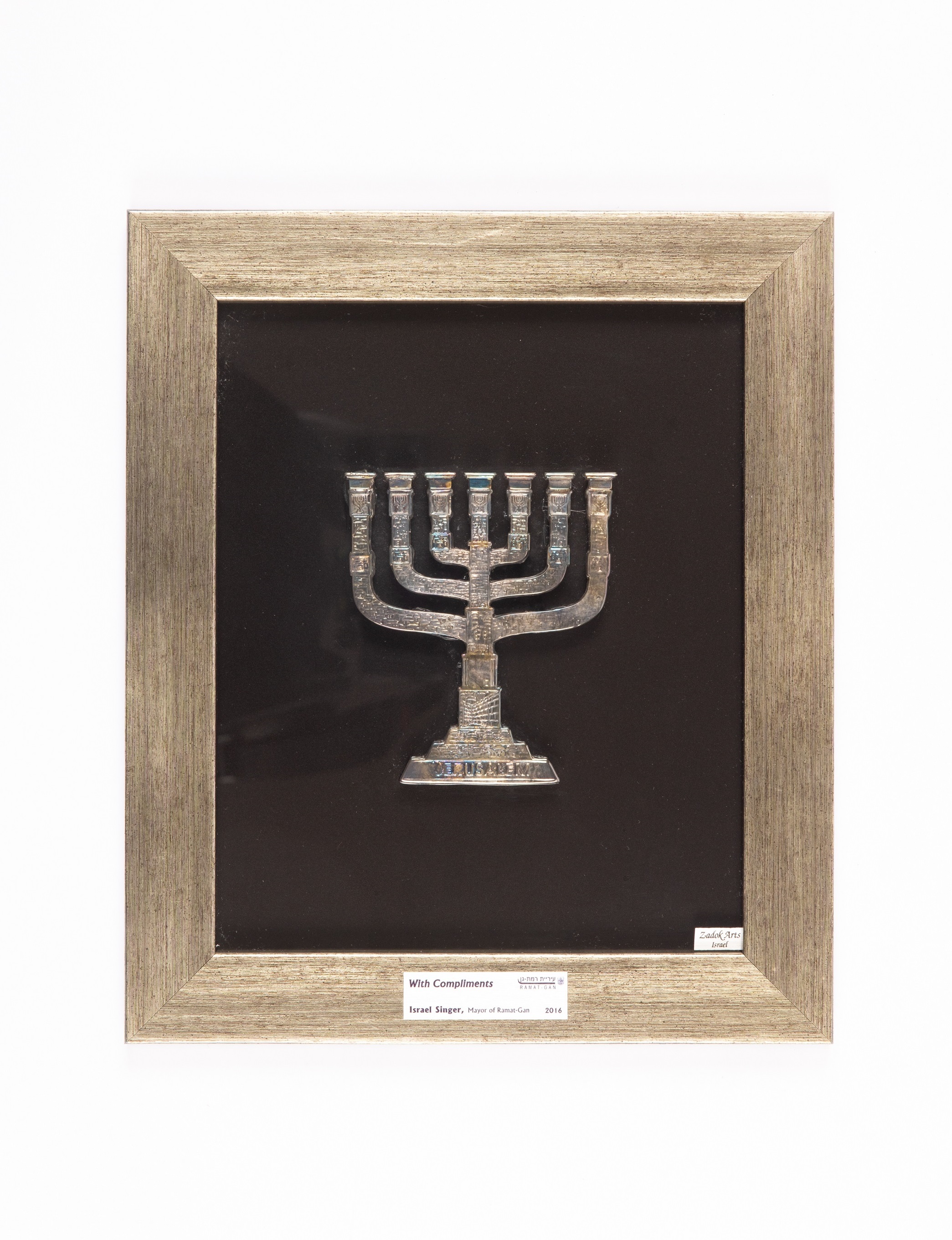
Israel: National Emblem Hanging Decoration
The hanging display features seven candlesticks, which are sacred objects in Judaism and a core symbol of the emblem of Israel. Among the seven candlesticks, the central one stands slightly taller than the others, representing the Sabbath, while the remaining six represent the six days of God's creation. The history of the candlesticks can be traced back over two millennia when they served as one of the three sacred items housed in the First Temple of Judaism on the Temple Mount in Jerusalem. In 588 BCE, the temple was destroyed by the Babylonian king; the candlesticks were taken, never to be seen again. When the Second Temple of Judaism was built, the people of Jerusalem created a replica of the original seven-branched golden candlesticks. Centuries later, the Second Temple was destroyed by the Roman army, and the candlestick became the spoils of war for the Romans. In 1948, with the establishment of the State of Israel, the seven candlesticks became part of the national emblem. They are believed to bring warmth and light to homeless and suffering Jewish people, symbolizing hope for reconciliation and restoration. The candlestick is a beloved representation of Jewish reverence for God.
Gifted by Yisrael Zinger, Mayor, Ramat Gan
<Read More "Israeli National Emblem Hanging Decoration">

Depicting Local Aesthetics

Philippines: Hand-Painted Jeepney Painting
Jeepney is a popular form of public transport in the Philippines. Best known for its crowded seating and vibrant decorations, it is a symbolic embodiment of Filipino culture and art. Originally adapted from Jeeps left behind by the American military after World War II, the Jeepney gradually assimilated various distinctive Filipino characteristics. For example, metal roofs were added to shield passengers from the scorching tropical sun, and the original seats were replaced with parallel benches to accommodate more passengers. To showcase the vibrancy of the Philippines, Jeepneys are also adorned with colorful chrome sidings and ornaments. The perpetual evolution of the Jeepney perfectly embodies the resilience, innovation, and optimism of the Filipino people.
Gifted by Huang Shih-mo, Member, Overseas Community Affairs Council
<Read More "Hand-Painted Jeepney Painting">

U.S.: Hanging Art
The Mississippi River is the longest, widest, and most voluminous river in North America, often revered as the "Father of Rivers." In the early 20th century, the Mississippi experienced frequent flooding in its middle and lower reaches, resulting in extensive damage to local infrastructure and farmland and paralyzing transportation systems. These events triggered a wave of infrastructure development and construction. Today, floods are under control, and the river's resources are effectively utilized. The Mississippi River holds great significance in American culture. It provides many job opportunities and contributes greatly to the recreational industry in the region. Moreover, the Mississippi River nurtures over 400 different species of wildlife, with 40% of North American waterfowl migrating along its path. The artwork in the picture vividly depicts the nurturing of birds on the Mississippi River and reminds viewers of the power and beauty of Mother Nature.
Gifted by Phil Bryant, Governor of Mississippi
<Read More "Hanging Art">

Tracing Spiritual Symbols

New Zealand: Artistic Print
"Kowhai" is an unofficial national flower of New Zealand. Its name originates from the Maori language, meaning "yellow." Its color is a delightful bright yellow, resembling a bell. Hence it is affectionately called the Kowhai bellflower. The warm and bright Kowhai is also seen as a spiritual symbol of New Zealand. It is native to New Zealand and is found throughout the country, not only in low-lying areas but also in many residents' gardens. In ancient times, the Maori people relied on the Kowhai for their livelihood. It was used not only to distinguish the seasons but also as a raw material for item crafting. When the golden Kowhai flowers bloomed, the Maori knew that it was time to plant Kumara. The Kowhai tree has a hardwood that the Maori used to make paddles for canoes and handles for axes. Additionally, the resinous sap from the Kowhai tree can be used for reducing swelling, relieving pain, and preventing wound inflammation. This print in the picture, created by New Zealand artist Jo Luping, features Kowhai hanging and swaying in the breeze on the treetops. It represents the sight of Kowhai blossoms adorning New Zealand during early spring and showcases the warm, friendly, and carefree spirit of the New Zealand people.
Gifted by Moira Turley, Director, New Zealand Commerce and Industry Office Taipei
<Read More "Artistic Print">
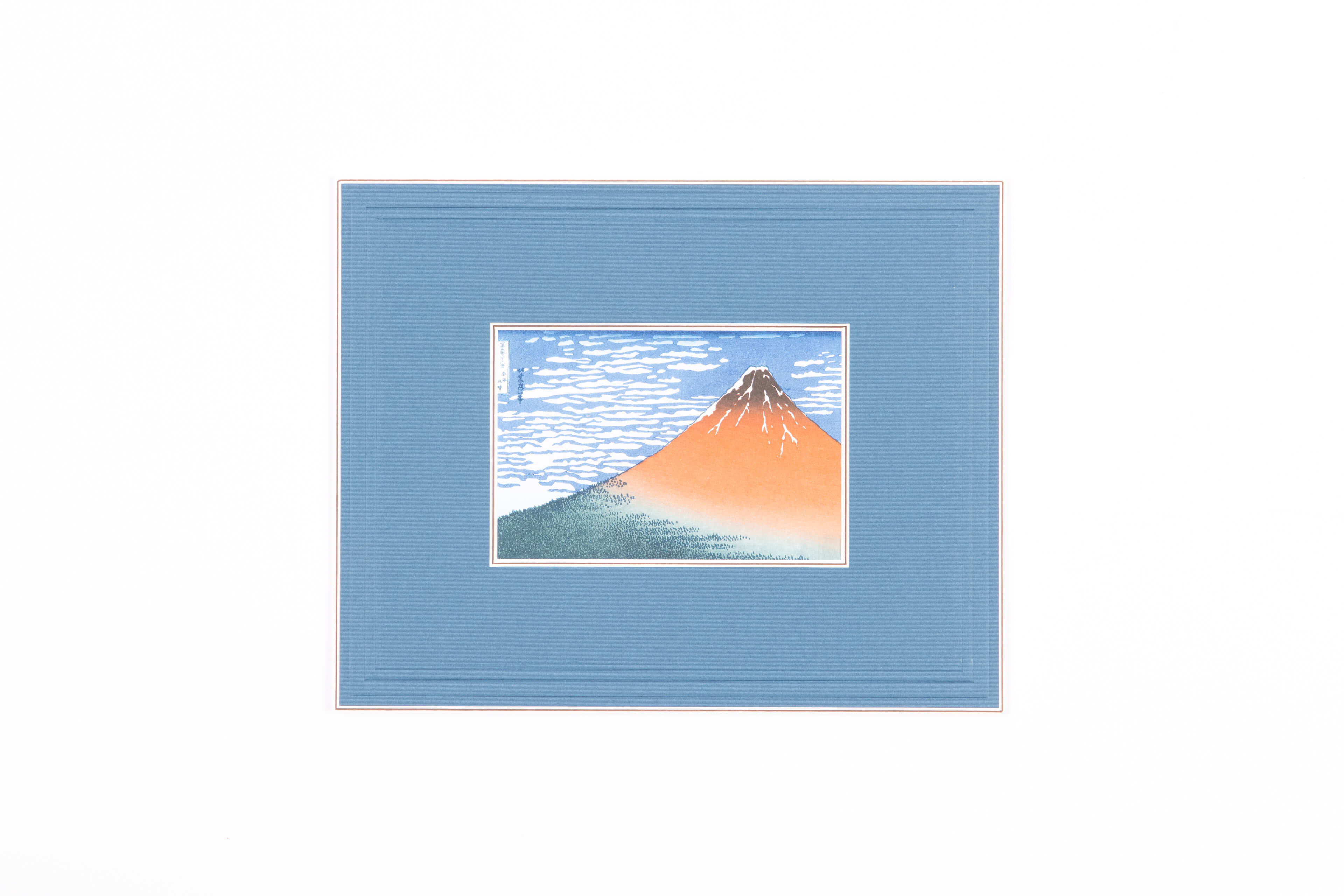
Japan: Paper Wall Art of Mt. Fuji
Have you ever wondered why Mount Fuji is a symbol of the Japanese spirit? During Japan's Asuka period, Prince Shotoku formed courtly ranks, strengthened defenses, and established the revolutionary Seventeen-Article Constitution. His achievements were revered among the Japanese people. It is said that he once rode up Mount Fuji on a divine horse, transforming the mountain into a sacred place. However, reverence for Mount Fuji is not only rooted in religious belief. Rather, it is deeply ingrained in Japanese culture. For example, there are places throughout Japan with names containing "Fuji," such as Fujimi City and Fujiyoshida City. As a source of artistic inspiration, Mount Fuji has become a common subject for Japanese artists in various mediums, including painting, photography, and poetry. The pattern on the wall painting is one of the thirty-six views of Mount Fuji, created over decades by the renowned Japanese ukiyo-e artist Katsushika Hokusai. It depicts the view of Mount Fuji as seen from the Kanto region of Japan.
Gifted by Yukio Jitsukawa, Former Member, House of Representatives
<Read More "Paper Wall Art of Mt. Fuji">

Republic of Mozambique: African Frame
The most eye-catching element in this framed display is the jewelry worn by the woman. The necklaces, headpieces, and earrings are all specially adorned with silver and diamonds. For Africans, jewelry is not merely an external decoration. Rather, it is an expression of their inner spirit. The tradition of wearing jewelry in Africa arose from the act of imitating animals. Early African hunters would decorate themselves with beautiful feathers or horns they found in the natural world. Over time, this practice developed into a culture of totem worship, with people adorning themselves with various accessories that represented the animals they revered. In addition to the culture of imitation, Africans also make functional jewelry out of materials such as shells, rocks, animal bones, and plants for counting, displaying social status, or self-defense. For example, they would use jewelry to show their companions the number of animals they had hunted, wear heavier necklaces to display higher status or use metal ring-shaped ornaments as armor to protect their bodies from animal attacks. Among various types of jewelry, necklaces hold particular significance because it is believed that the neck, which connects the head and the trunk, is a key part of the body that must be protected to preserve life.
Gifted by Calisto Moisés Cossa, Mayor of Matola
<Read More "African Frame">
Related Collection

